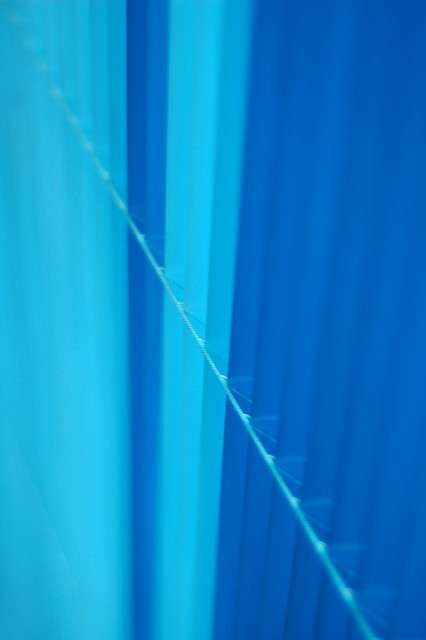
Color measurement plays an important role in nearly every application of every industry. Color variations are a part of human perception, but the ability to clearly identify these differences and establishing color parameters is an important part of a color system that works. Image Source: Flickr user frankieleon
Color measurement may seem pretty straightforward at first glance, but due to the limitations of the human eye, instrumental color measurement tools soon become a necessity for creating consistent and repeatable colors. Color quality plays a huge role in nearly every industry, and setting up a color system based on advanced color measurement instrumentation can make a difference in product quality and appearance. Although setting up a color system may seem tedious and difficult at first, especially with all the bells and whistle of today’s spectrophotometers, with the right support these steps will definitely pay off in the long run. Implementing a color system is not only important for identifying color measurement standards, but clearly defines color tolerances as well, which is the key in creating a system that works.
Spectrophotometric technology allows you to create an effective color system with a method for monitoring that system which can save time and money. A good color system first begins with identifying color variations. These variations or differences are commonly referred to as Delta-E. Delta-E (dE) expresses “the ‘distance’ between two colors” and can be represented in numerical form using color measurement data. A dE value of 1.o represents the smallest measurement of color difference that can be perceived by the human eye. Anything less that dE 1.0 will appear to be the same color no matter who is viewing the sample and is not affected by angle or light source. A dE measurement slightly above 1.0 usually goes unnoticed by the average viewer and can be considered an ‘acceptable’ color difference, but establishing these boundaries with an effective color system is a fundamental element in quality control and production efficiency. This range of acceptability is defined as a color tolerance and is a foundation in establishing an effective color system.


